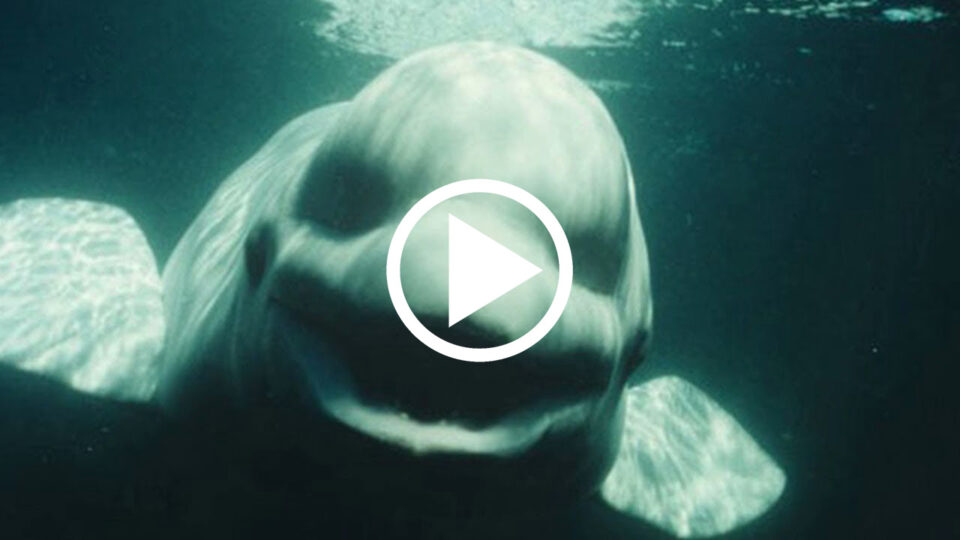Ever wonder what lurks at the bottom of our oceans? Would you dare go deep-sea diving to find out? Without going, I can guarantee you there are indescribable creatures living at the bottom of the sea.
Creatures you would not believe exist if you did not see them.
It is time to meet them as we countdown 15 of the most mysterious Ocean Creatures in the world.
BELUGA Belugas are also called white whales, and their unusual color makes them one of the most familiar and easily distinguishable of all the whales.
Calves are born gray or even brown and only fade to white as they become sexually mature around five years of age.
White whales are smallish, ranging from 13 to 20 feet in length.
They have rounded foreheads and no dorsal fin. Belugas generally live together in small groups known as pods.
They are social animals and very vocal communicators that employ a diversified language of clicks, whistles, and clangs.
Belugas can also mimic a variety of other sounds.
These whales are common in the Arctic Ocean’s coastal waters, though they are found in subarctic waters as well.
Arctic belugas migrate southward in large herds when the sea freezes over.
Animals trapped by Arctic ice often die, and they are prey for polar bears, killer whales, and for Arctic people.
They are hunted by indigenous people of the north, and by commercial fisheries that brought some populations, such as those in the Gulf of St.
Lawrence, to near collapse. Beluga feed on fish, crustaceans, and worms. The whale is related to the tusked “unicorn” whale known as the narwhal.
The beluga is not related to the sturgeon of the same name, which has been heavily fished for its famous caviar.
SEA ANGEL Found all over the world, from polar regions to tropical seas, sea angels are free-floating sea slugs with wing-like appendages called parapodia, and a gelatinous, mostly transparent body.
These things are tiny, with the largest species, the naked sea butterfly, stretching just 5 cm long.
They might not appear all that threatening, sea angels are the worst nightmares of the almost-as-wonderful sea butterflies.
Sea butterflies, which also must be seen to be believed, are tiny sea snails, and they are the preferred meal of the sea angels.
Sea angels often get the upper hand on sea butterflies because their ability to zoom through the ocean at 100 mm per second, means they can swim twice as fast as their prey.
They’re also able to lay enormous traps of mucous webs to snare an unfortunate sea butterfly.
Close to home, sea angels have been found all along the north-east coast of Australia and up around Papua New Guinea.
Sea angels are protandrous hermaphrodites, which means they start out male and turn female throughout the course of their lives.
When sea angels want to mate, they will draw in close to one another and turn their reproductive organs inside-out.
They’ll proceed to bind themselves together using a specialized sucker, which leaves a nasty scar when they finally separate.
For up to 4 hours, the sea angel pair will float through the ocean as the fertilization process takes place, spinning around like they’re dancing.


